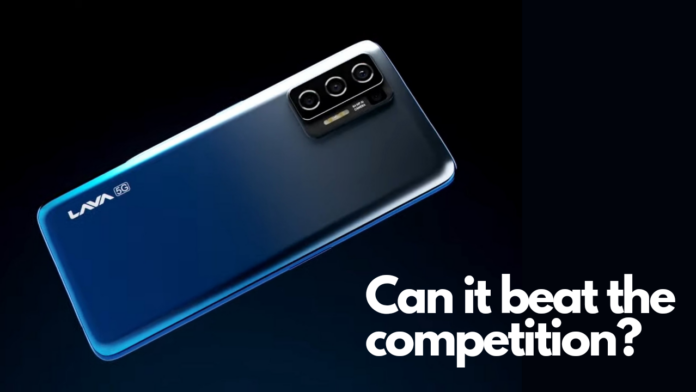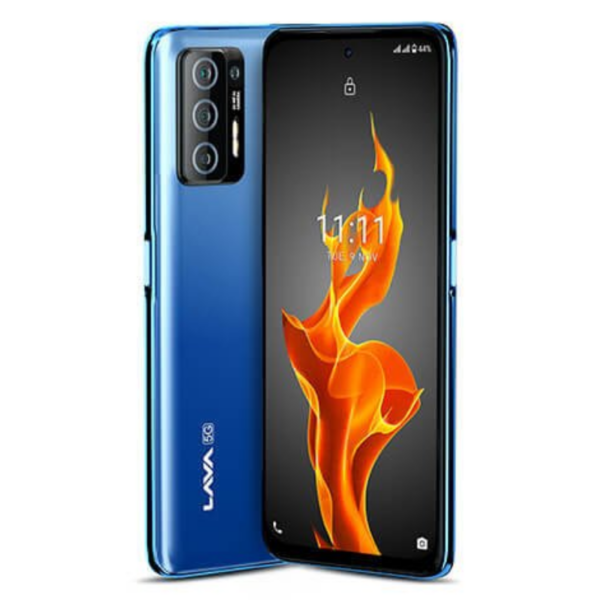Lava has launched its first-ever 5G smartphone in India called the Lava Agni 5G. The device is powered by the MediaTek Dimensity 810, has quad cameras on the back, a 90Hz IPS LCD display, 8GB RAM, 128GB storage, and a 5000mAh battery with 30W fast charging. The device is currently available for Rs 17,999, and as far as on-paper specifications are concerned, the Lava Agni 5G looks promising for its price. But can it take on the competition? Let’s find out by comparing it with three of its top competitors.
Samsung Galaxy M31
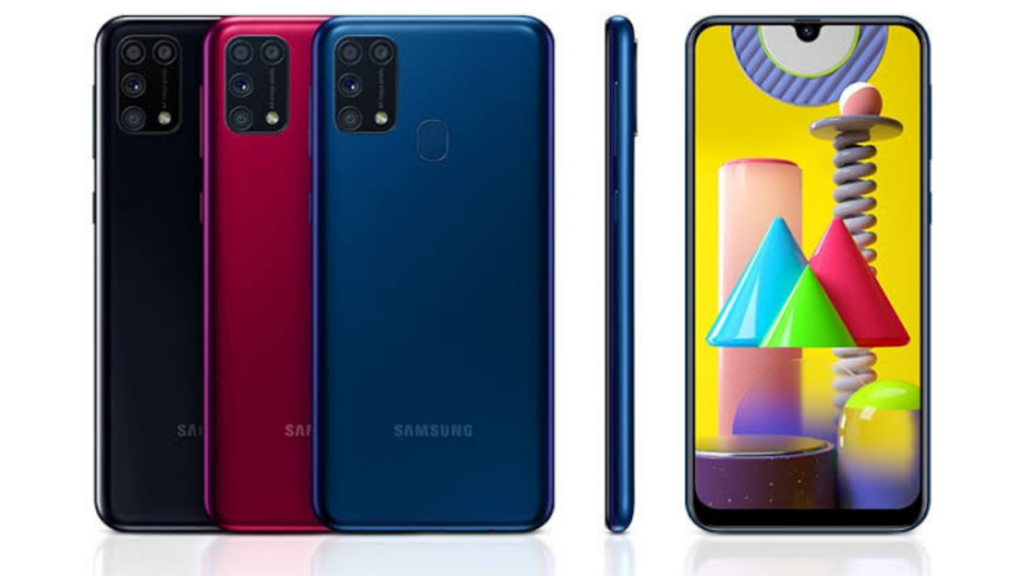
Samsung Galaxy M31 is priced at Rs 19,999, which is identical to Lava Agni’s original price. This device features a 6.4-inch FHD+ Super AMOLED Infinity-U display with 1080 x 2340 pixels resolution. Under the hood, the phone will be powered by the Exynos 9611 octa-core SoC, coupled with 8GB RAM and 128GB of onboard storage. Additionally, you can expand the storage via a dedicated microSD card by up to 512GB.
The phone has a massive 6000mAh battery with 15W charging support, and it runs on Android 10, which is based on OneUI 2.0. It also supports a fingerprint sensor at the back and face unlock feature.
The Galaxy M31 is equipped with quad rear cameras with a combination of a 64-megapixel main camera with f/1.8 aperture, an 8-megapixel Wide-Angle camera for the camera setup f/2.2 aperture, a 5-megapixel depth camera with f/2.2 aperture, and a 5-megapixel Macro lens with f/2.4 aperture. For the front, there is a 32-megapixel selfie camera with an f/2.0 aperture.
Now, you get an AMOLED Display with the Galaxy M31 that will give you punchier colours with higher brightness levels. However, you do miss out on a high refresh rate. While RAM and storage amount remain the same, you get a bigger battery with the Galaxy M31 to help with a better battery backup. For expandable storage, you can insert a 512GB SD card in Galaxy M31, whereas it maxes out at 256GB in Lava Agni 5G.
However, you should get better overall performance with the Lava device as it sports a better chipset. On the other hand, cameras will have to be tested under real-life conditions for better comparison.
Read More: Lava Agni 5G launched in India
Redmi Note 10 Lite
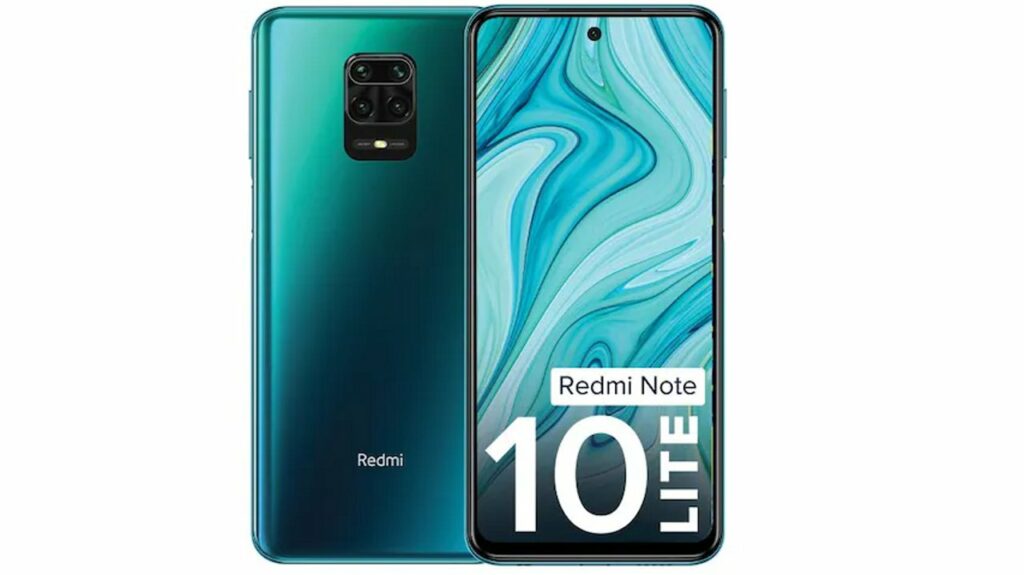
Redmi Note 10 Lite comes with a 6.67-inch Full HD+ IPS LCD display with 2400 x 1080 pixels resolution. In addition, the display further comes with a 1500:1 contrast ratio and Gorilla Glass 5 protection.
The Snapdragon 720G Chipset is present under the hood of the Note 10 Lite. The Processor is coupled with up to 6GB RAM and 128GB internal storage. There is also be a microSD card slot for more storage in the phone.
The phone packs a quad rear camera system with an LED flash. There is a 48-megapixel primary sensor with f/1.89 aperture, LED flash. Then there is an 8-megapixel ultra-wide-angle lens with 119-degree FOV, a 5-megapixel macro camera, and a 2-megapixel depth sensor. Further, on the front, the phone has a 16-megapixel selfie shooter housed in the punch-hole cutout in the display.
The device comes with a 5020mAh battery with support for 18W fast charging. It runs on MIUI 12 based on Android 11 OS. Connectivity features include dual 4G VoLTE, Wi-Fi 802.11 ac (2.4GHz + 5GHz), Bluetooth 5.0, GPS, USB Type-C and a 3.5mm audio jack. There is a side fingerprint sensor as well.
While the performance should remain mostly identical on both the Lava Agni and the Redmi Note 10 Lite, you get a lower charging rate with the latter. But on the other hand, the significant difference is within the prices of the phones. Where Lava Agni is available at Rs 17,999, the Redmi Note 10 Lite is priced at Rs 13,999 for the 4GB RAM with 64GB storage version. The 4GB RAM with 128GB storage version will cost you Rs 15,999. The top-end variant with 6GB RAM with 128GB storage comes at Rs 16,999.
Even the top variant of the Redmi device is cheaper than the Lava Agni 5G. However, a minor trade-off will be the amount of RAM as it’s 6GB on Redmi Note 10 Lite and 8GB on Lava Agni. Camera comparison again depends on real-life samples. As far as Sensors are concerned, the sensor setup is the same on both the phones, including primary cameras accompanied by wide-angle, macro and depth sensors.
iQOO Z3 5G
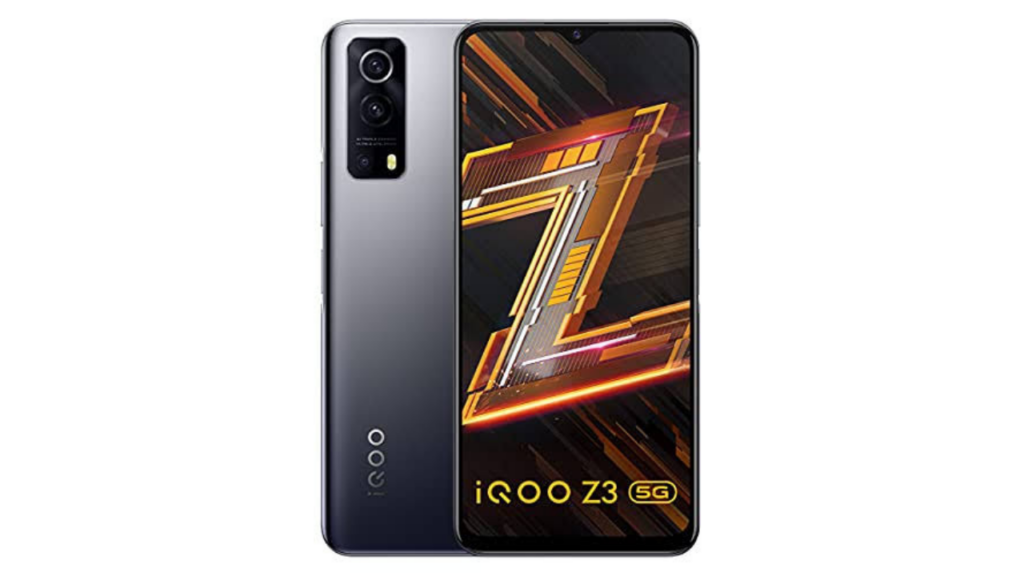
iQOO Z3 5G comes in three variants – 6GB RAM and 128GB storage, 8GB RAM and 128GB storage and 8GB RAM and 256GB storage priced at Rs 19,990, Rs 20,990 and Rs 22,990 respectively. It comes in Ace Black and Cyber Blue colours.
The iQOO Z3 5G is loaded with a 6.58-inch full HD+ display with a screen Resolution of 1080 x 2408 pixels and a 20:9 aspect ratio, 180Hz touch sampling rate, 120Hz Refresh Rate and HDR10+. The smartphone is powered by the Snapdragon 768G processor along with up to 8GB of RAM. In addition, the iQoo Z3 comes with up to 256GB of onboard storage.
iQoo Z3 runs on Android 11 with FunTouchOS 11.1 on top. The connectivity front supports 5G SA/NSA, Dual 4G VoLTE, WiFi 802.11 ac (2.4GHz + 5GHz), Bluetooth 5.1, GPS/GLONASS, USB Type-C, and a 3.5mm audio jack.
The phone is loaded with a 4400mAh battery with 55W Fast charging that can charge up to 50% in 19 minutes and 100% in less than an hour. For security, it sports a side-mounted fingerprint sensor and facial recognition support.
In terms of cameras, it comes with a triple-camera setup at the back panel with a 64-megapixel Samsung ISOCELL GW3 sensor, f/1.79 aperture, an 8-megapixel ultra-wide camera with f/2.2 aperture, and a 2-megapixel depth sensor with f/2.4 aperture. In addition, for selfies and video chats, the iQoo Z3 has a 16-megapixel selfie camera sensor at the front with an f/2.0 aperture.
The iQOO Z3 5G does act as one of the most formidable competitors for the Lava Agni 5G. The iQOO Z3 has a better processor for the same price and faster-charging speed, a higher refresh rate display, and a higher touch sampling rate. On the other hand, you miss out on a Macro sensor and have a slightly lower RAM amount on the iQOO Z3 5G. The Lava Agni also packs a slightly larger battery.
Lava Agni 5G has a great set of specifications that prove its potential in its price segment. However, we do have some better options in the market that can provide a better overall experience and have a better brand reputation, resulting in consumers having more trust in them. But for those who are looking to promote local businesses and are ready to give it a shot, the Lava Agni 5G looks promising as of now.


